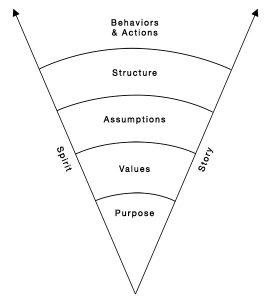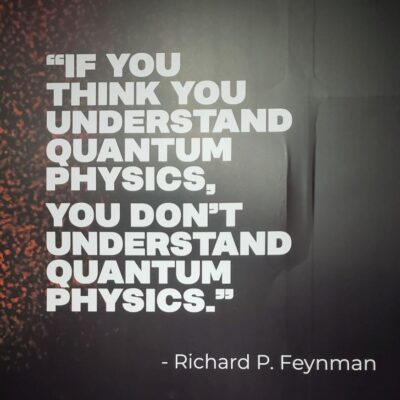
I spend a lot of time speaking with leaders in organizations and teams. We talk about how to improve communication. How to develop a strong working strategy. Ways to enhance the leadership culture of their organizations. We design meetings for people to bring in creative ideas and turn them into action.
Throughout my years working as a consultant, there has been one thing that surprises me about the assumptions people have of their peers.
Always there is talk of people that are “not right” for the job. Sometimes this is for reasons of technical competency, but more often than not it is about something in a person’s character or behavior. This one is not a strong leader, or that one is too much of an introvert, or this guy over there, well you know, he is always in resistance; and on it goes. As if the organization is populated with a group of incompetent or unwilling people spending their time there wasting the organization’s resources.
“Talk like this never ceases to surprise me for its vitriol and the blithe way it takes power away from people to make any meaningful contribution.”
This way of thinking has consequences in how businesses are organized and I think that the consequences are more negative than we realize. This way of thinking focusses on things about people that we don’t like or understand. It focusses the organization on creating profiles of a “perfect worker” based on the understanding that those in power would somehow know exactly what that would be. It means we focus on trying to “mould” people, or select profiles of people that are created from the tunnel vision of believing that there is something called a “right person” and that the managers and leaders or HR department can define that person through the use of data. We put the onus of the problems in work on the individual instead of looking more deeply at the organization’s role in the equation.
I am not saying that there are no situations where people may be in the wrong job. I have experienced that myself several times. What I am saying is that by focussing on profiles and what others decide to label as necessary we limit people. There is ample debate about the relevance of personality based testing and profiling, including The Cult of Personality Testing by Annie Murphy Paul. Yet I am not so concerned with whether it is right or wrong to test. I’m concerned with whether this is an effective way to help people and organizations to thrive and come into their potential.
What if everyone who is here is right?
Whenever I come into an organization I pose the question “what if everyone who is here is right…?" Using the perspective that everyone who, for whatever reason has decided to work here, is in the right place forces you to shift your perspective and wonder, if this is true, then how come they are not living up to this potential? If everyone is right, is there some way that the organization is contributing to this? Can we create better, more liberating structures that allow people to use their individual and collective potential?
When everyone is right curiosity shifts to how we can make optimum use of all this potential
If everyone is right, and yet we are finding that our organization is not fulfilling it’s potential the question becomes what and not who is standing in their way? One way I find helpful to look at this is through the lens of the Deeper Essence Tool from the Genuine Contact™ Program.

Within the diagram, we can identify that indeed some behaviors and actions are not working. Then we can become curious as the diagram invites us to go deeper and explore issues of structure, context and story as well and the organization’s deeper values and purpose. Is there alignment on these areas? are there structures that stand in the way of people fully unfolding their potential? Are these real, or just assumptions? Can they be changed? Do we have other assumptions about ourselves, our leadership, our clients, how work should be done that need to be re-evaluated? Is there clarity about the purpose of the organization and if so, do our structures and values support the fulfillment of that purpose?
If everyone who is there is right, then the opinions of all the people about these questions turn into valuable data, not resistance. We find that different people in different parts of the organization offer different perspectives. This becomes interesting because by sharing the diverse pictures new clarity can arise from which new action to be taken. More than anything though it opens the opportunity to allow all people, as full human beings with their diversity to contribute without blocking them into narrow categories.
When everyone is right, I want to involve them all in finding solutions instead of shutting some out. It means I have to believe in their brilliance in spite of the filters I may have that say otherwise.
I have found that working with this assumption — everyone is right — takes courage. It takes courage to accept people for who they are and to give them the power to express themselves. Yet the benefits far outweigh the discomfort. Working from this perspective it opens up the organization to becoming more three dimensional, robust and connected to itself. It continues to amaze me even after all the years that I have worked this way, at how by trusting that everyone is in the right place and acting accordingly organizations and teams have been able to overcome great challenges and build deep connections with people, even ones they don’t necessarily agree with, or even like.
In short, I have seen organizations and people thrive as the multi-faceted complex organisms that they are.
Author
-

I'm a Consultant, Facilitator, and Mentor working with clients to unearth and use the potential within their organization to address change in a healthy way as they strive to make positive contributions in the world.
View all posts









Leave a Reply